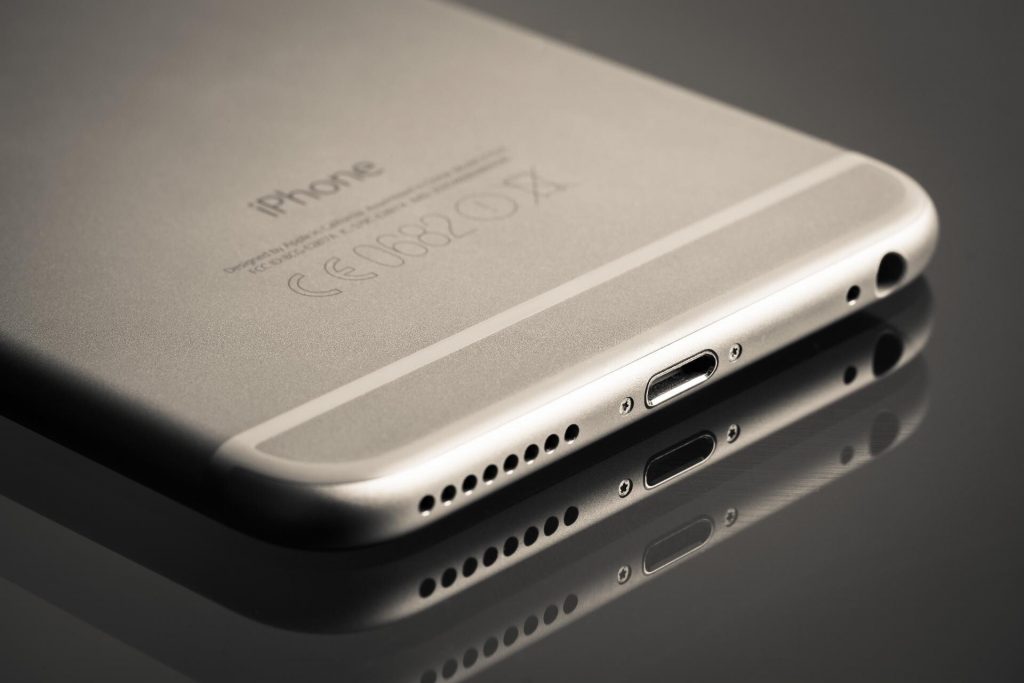
Apple is the first manufacturer of wireless mobile phone charger for it’s iPhone devices. The iPhone 13 – or whatever Apple wants to call it – will not have a charging port. At least that is what some rumors that have just appeared and that in fact are added to those that already hovered over a segment that seems to be looking for the moment to eliminate any connection port point.
In many cases, manufacturers have gradually gotten rid of the headphone port. But now the idea is being considered that the mobiles of the future – 2021, 2022 – will arrive without a charging and data port. Cell phones will be totally wireless, and that will have a few consequences.
Getting rid of cables has advantages …
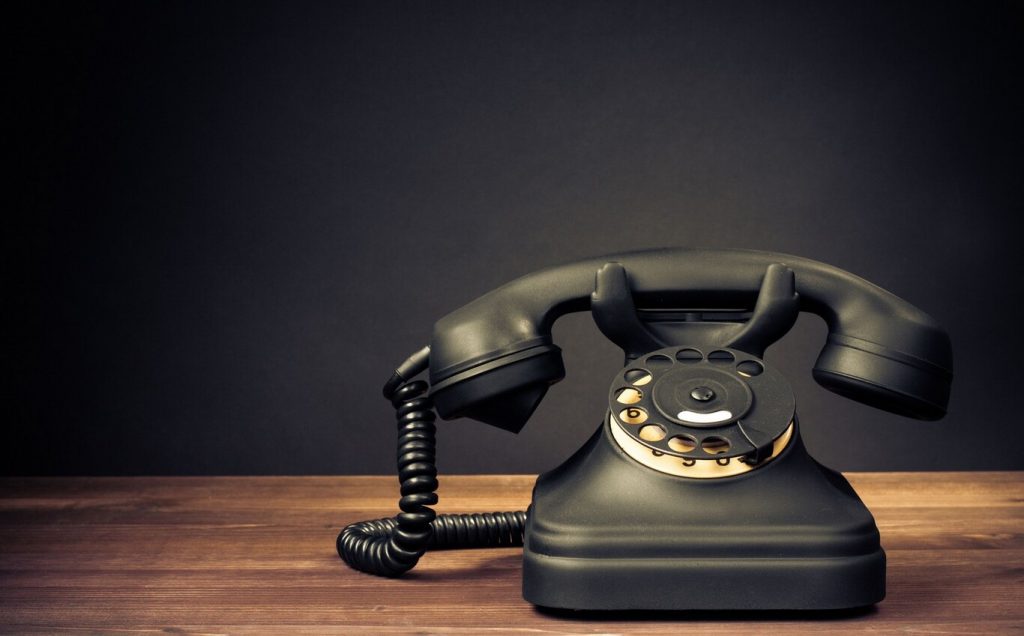
We have been seeing that transition for a long time in the audio world. When Apple decided to get rid of the wireless headphone port and other manufacturers followed in its wake, many of us regretted it.
The dependence on the USB-C port in many cases (Lightning in the case of the iPhone) has made us have almost as the only wired option the use of minijack adapters to USB-C: headphone manufacturers have barely opted for headphones that use directly that connector.
That has suddenly caused wireless headphones to become an industry with its own identity as wireless mobile phone. The offer of this type of wearables is huge, and all technology manufacturers – with which they also make mobile phones taking advantage of the pull – have tried to position themselves to achieve a piece of that cake in which AirPods are protagonists.
Certainly that has meant that we are not “tied” to the wired headphones – more freedom of movement, although it is also easier to lose them – and we have remarkable features such as active noise cancellation in the most ambitious models of this type of headphones.
Eliminating the charging and data port also contributes to that (at least partial) release of the cables . No more rummaging for the charger or the cable to connect the mobile: a wireless charging surface on the table will solve that problem and make our lives a little more wireless.
It has already happened with landlines – do you remember those “spring” cables of pulse dialing phones? -. When we got rid of that cable, life was certainly better: we could move and talk throughout the house.
The idea of eliminating cable chargers may be interesting, but it is difficult to conceive of it as a way to save the environment : we do not get rid of the chargers, we simply replace them with other wireless ones (which are connected to a socket and that integrate their own cable).
… but also drawbacks (and maybe too many)
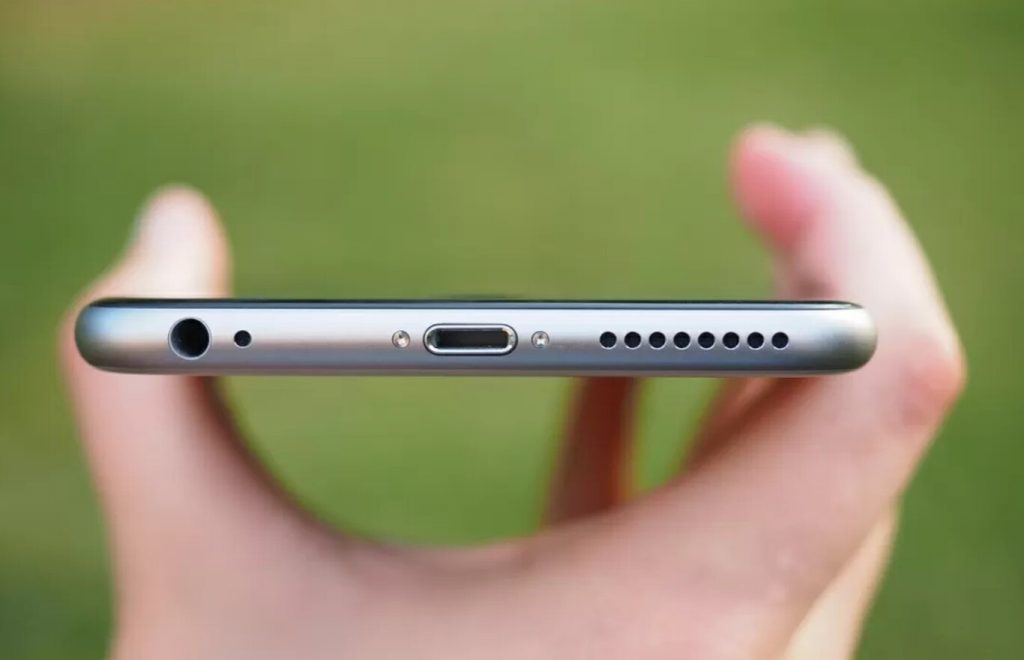
Ming-Chi Kuo stated long ago that in 2021 we will have at least some of the future iPhone 13 models without a Lightning charging and data port . That, says the analyst, will make it possible to differentiate this flagship even more from its “little brothers.”
Imagining a future in which mobiles are totally wireless does not seem so promising when we realize that we are losing options that did not bother. At least not too much. The reflection is in fact similar to the headphone port – why remove it, when you can still use both wired and wireless headphones with those mobiles?
Something similar happens with the charging and data ports, and the disadvantages of removing it are also obvious. For starters, wireless charging is slower . We are seeing how various Android mobiles do not stop offering increasingly dizzying fast charging systems, and if you do not look at Xiaomi’s 80 W charger, whose speed is almost even exaggerated for a mobile .
This option is comfortable and, we insist, fast. If you need to charge your phone a bit, doing it with cable is much faster ( not to mention efficiency ) than doing it wirelessly. In the new iPhones, MagSafe technology reaches 15 W (half if you use a conventional Qi charger), and it is rare to see wireless chargers that go much beyond 10 W, although those responsible for the Qi standard are in it.
Having a cable charger is, as with headphones or with Ethernet connections versus WiFi, comforting. While wireless connections tend to suffer cuts and conflicts, that is much rarer to happen when we connect our devices using cables. They give peace of mind, it seems almost impossible for that to fail or pose problems (although it can, as the chaos of USB-C cables has shown).
Wireless mobile phone will be expensive
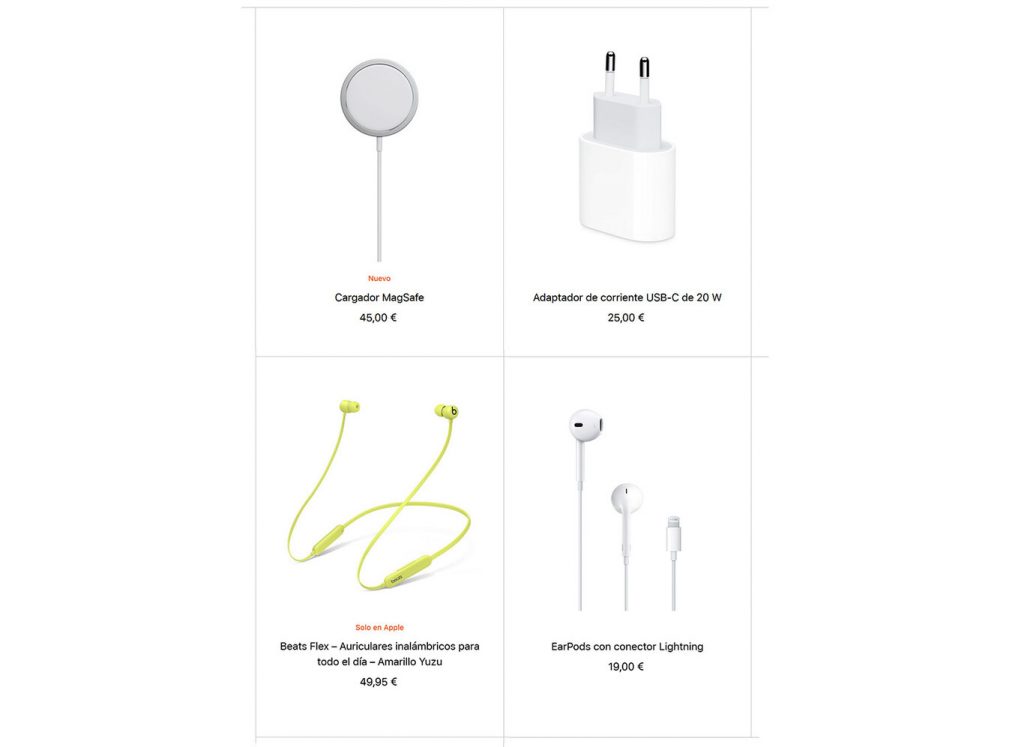
To this is added the dependence, more than ever, on accessories. Not only that: those accessories will be more expensive. It happened with the headphone fever and something similar is also expected to happen with wireless chargers. The iPhone’s 20 W USB-C charger costs 25 euros, but the MagSafe costs 49.95 euros, and we could do the same, as we said, with headphones: the cable EarBuds cost 19 euros, while the new Beats Flex, the cheapest in Apple’s product catalog, are at 49.95 euros.
Wireless mobile phone, it seems, will be expensive . That will be great for Apple and the other manufacturers, of course. In the first quarter of 2020 Apple already entered more with its division of ‘Wearables, Home and Accessories’ than with its division of Macs.
The excuse of environmental protection that Apple has used to no longer include chargers or headphones in its iPhone is interesting, but it is debatable .
For starters, it does not eliminate the problem, but instead transfers it to accessories : all those headphones and chargers will go in their own box with their own manuals, which will make you have to spend paper and cardboard to manufacture those elements that will take up space in the famous pallets in which Apple said it could now put more iPhones thanks to the reduction of the size of the iPhone cases.
The funny thing is that Apple already indicated in early 2020 that getting rid of the Lightning port in favor of USB-C would create an electronic waste problem because the reuse of that connector allows us to take advantage of chargers and other peripherals that we already had. Even if we apply that speech to other devices from other manufacturers, the answer would be the same .
In fact, eliminating that port in future Apple phones would mean that the iPhone – and by extension, any other mobile that took that step – could not be connected to a large number of products and accessories to which previously it was connected by cable “Do you remember when Apple changed the 30-pin port to the Lightning port?”, Which would force users to buy new accessories. The problem of waste would theoretically get worse, something that seems to go against Apple’s philosophy in everything that surrounds the environment.
There has already been some experiment with totally wireless mobiles. It is demonstrated by that unique Vivo Apex that we met in 2019 and that was renewed in 2020 – at least conceptually – with an invisible front camera. The Chinese manufacturer was aiming for this future of totally wireless mobiles, and its ideas could eventually come true.
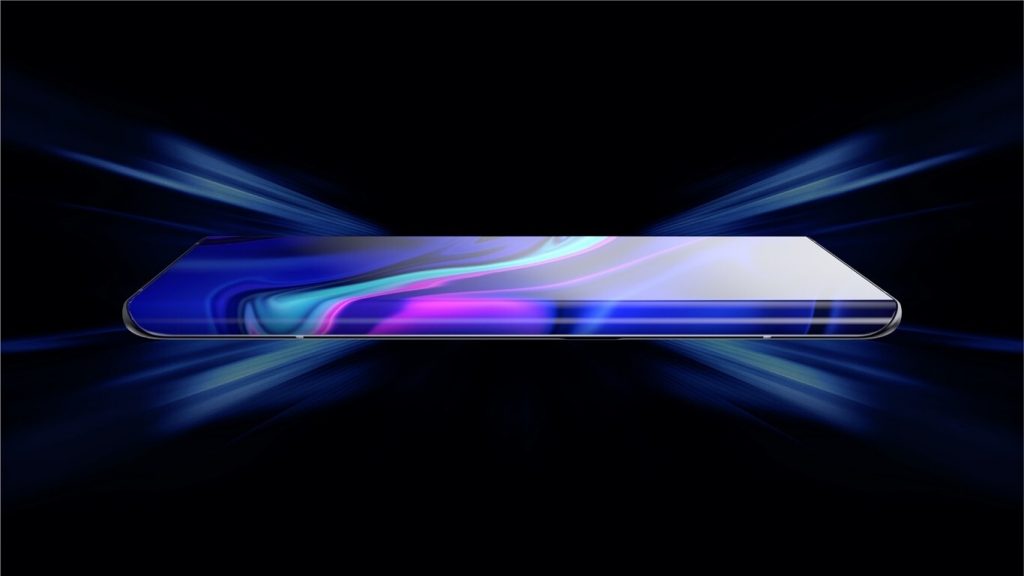
In the end, many can see that potential decision as one that, as with headphones, does nothing more than take away options from users. What harm does having a charging and data port do? It’s more:
What problem does Apple or any other manufacturer really fix by removing it? Was there really a problem with the charging and data connectors of our mobiles? It is not clear to us that there is an affirmative (and most importantly, a reasonable) answer to that question. We will see how Apple and the rest of manufacturers respond to it if they really end up making the leap to totally wireless mobiles.